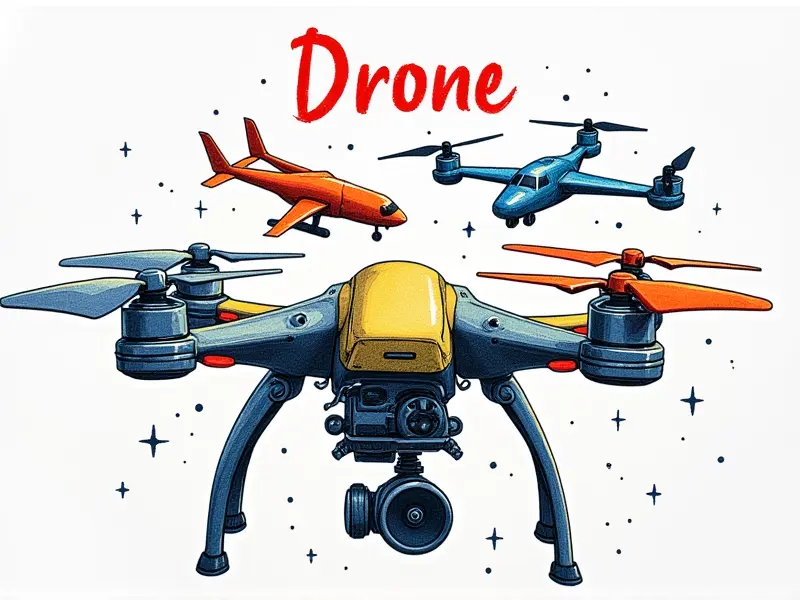Transmitter frequency stability

Transmitter Frequency Stability: Maximizing RC Performance
Why Frequency Stability Matters in RC Flying
Frequency stability is a critical aspect of radio control (RC) flying, as it directly impacts the performance and reliability of your aircraft. Consistent frequency ensures that your transmitter's signal remains strong and stable throughout flight operations, reducing the risk of signal loss or interference.
Achieving Optimal Range with Stable Frequencies
To maximize the range of your RC model, maintaining a stable frequency is essential. A consistent transmission frequency allows for clearer communication between the transmitter and receiver, enabling you to control your aircraft from greater distances without losing signal strength or experiencing lag.
Avoiding Interference with Perfect Transmitter Tuning
Interference can severely impact RC performance by disrupting signals and causing erratic behavior in your model. Proper tuning of your transmitter helps avoid interference by ensuring that the frequency is set correctly, thereby minimizing the risk of signal overlap or conflict with other devices.
Mastering Transmitter Frequency Lock and Sync
Frequency lock and sync are crucial for maintaining a stable connection between your RC transmitter and receiver. By properly locking and syncing frequencies, you ensure that both devices operate on the same wavelength, enhancing communication reliability and reducing latency issues.
Boost Your RC Performance with Stable Frequencies
Stable frequencies play a significant role in boosting overall performance by providing a consistent signal for precise control. This is particularly important during high-speed maneuvers or complex aerobatic flights where quick response times are crucial.
Understanding the Impact of Weather on Transmitter Frequencies
The weather can significantly affect radio signals, leading to fluctuations in frequency stability. Factors such as humidity and temperature variations can cause signal degradation, necessitating adjustments to your transmitter settings to maintain optimal performance under different conditions.
Quick Fixes for Unstable RC Transmitter Signals
- Check Batteries: Ensure that the batteries in both the transmitter and receiver are fully charged. Low battery levels can lead to signal instability.
- Tune Frequencies: Use a frequency analyzer or tuning tool to adjust your transmitter's settings for better stability.
- Reduce Interference: Move away from sources of interference, such as other RC devices or electronic equipment.
Common Issues with RC Transmitter Stability
Several common issues can affect the stability of your RC transmitter signal. These include incorrect frequency settings, battery drain, environmental factors like weather conditions, and proximity to interfering signals.
Techniques to Improve RC Transmitter Accuracy
- Regular Calibration: Periodically calibrate your transmitter to ensure accurate frequency transmission.
- Select High-Quality Components: Use high-quality antennas and cables that provide better signal integrity.
- Optimize Operating Environment: Choose a location with minimal interference for optimal performance.
The Importance of Clean RF Signals for RC
Clean radio frequency (RF) signals are vital for reliable communication in RC flying. A clean signal ensures that your aircraft responds accurately to control inputs, enhancing maneuverability and overall flight experience.
Maximizing Range with Stable Transmitter Frequencies
To achieve maximum range, focus on maintaining stable frequencies by optimizing transmitter settings and reducing interference sources. This will allow you to fly farther without compromising signal strength or reliability.
Conclusion
Maintaining frequency stability is crucial for achieving optimal performance in RC flying. By understanding the importance of clean RF signals, mastering tuning techniques, and addressing common issues like weather impacts and battery drain, you can significantly enhance your RC experience. Regular maintenance and optimization of transmitter frequencies will ensure reliable communication between your aircraft and control device, enabling you to enjoy longer, more precise flights.

